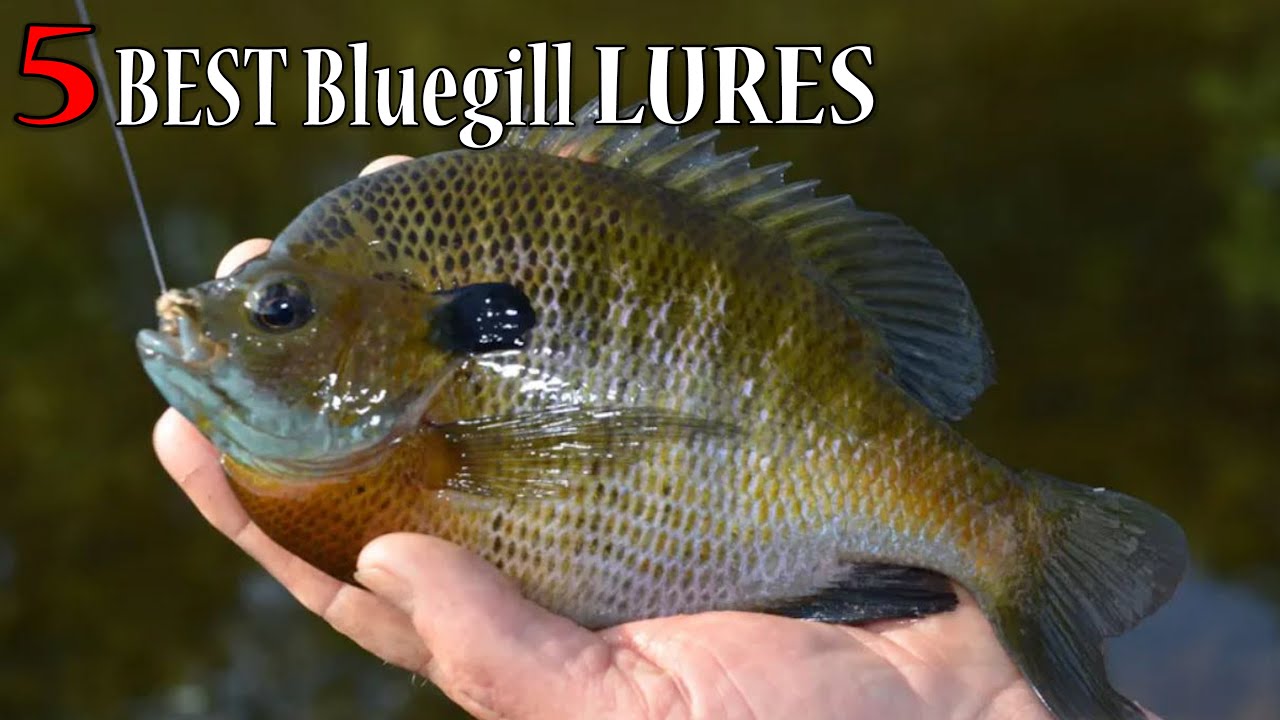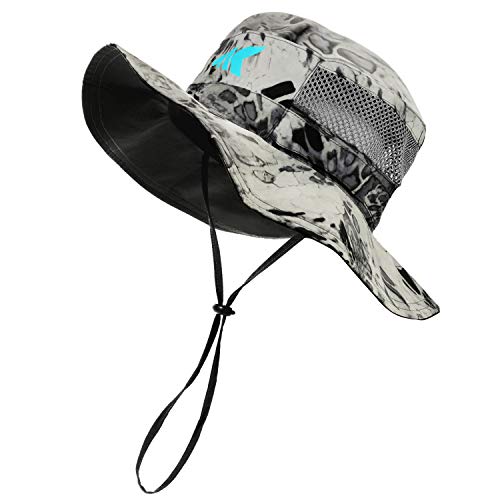Bluegill Fishing Guide: Techniques, Tips, and Insights
Bluegill Fishing Guide
Bluegill (Lepomis macrochirus) are a popular freshwater fish known for their distinctive coloring and feisty behavior. Native to North America, they thrive in warm, shallow waters and are easily identified by their blue and purple hues, dark gill covers, and a prominent black spot at the base of the dorsal fin. Bluegill typically range from 6 to 10 inches in length and weigh up to a pound.
Bluegill Habitat and Behavior
Bluegill are predominantly found in lakes, ponds, rivers, and slow-moving streams with abundant vegetation. They prefer calm, warm waters with plenty of cover such as submerged logs, rocks, and aquatic plants. Bluegill are schooling fish, often found in large groups, especially during spawning season which occurs from late spring to early summer.
Bluegill Seasonal Patterns and Fishing Conditions
- Spring: As water temperatures rise, bluegill move into shallow waters to spawn. This is an ideal time for anglers, as bluegill are more aggressive and easier to catch.
- Summer: During the heat of summer, bluegill often seek deeper, cooler waters during the day and return to the shallows in the early morning and late evening.
- Fall: Bluegill start to move to deeper waters as temperatures drop. This season offers moderate fishing opportunities, with fish gradually becoming less active.
- Winter: Bluegill are less active but can still be caught, particularly in deeper waters where they congregate in schools.
Best Fishing Techniques for Bluegill
Bait Selection
- Live Bait: Earthworms, crickets, and mealworms are highly effective. Bluegill are also known to bite on small minnows and insect larvae.
- Artificial Bait: Small jigs, spinners, and soft plastics that mimic insects or small fish can be very successful. Bright colors like yellow, red, and chartreuse often attract more bites.
Tackle and Gear
- Rods and Reels: Light to ultralight spinning rods with a fast action are ideal. Reels should be spooled with 2-6 pound test line for optimal sensitivity and control.
- Hooks: Size 8 to 12 hooks are perfect for bluegill due to their small mouths. Circle hooks and Aberdeen hooks are recommended for live bait, while jig hooks work best with artificial lures.
Fishing Techniques
- Float Fishing: Using a bobber to suspend bait at the desired depth is a classic and effective method. Adjust the depth according to where the fish are schooling.
- Bottom Fishing: Especially effective in deeper waters or during colder months. Use a sinker to keep the bait near the bottom where bluegill are feeding.
- Fly Fishing: Small poppers and dry flies can entice bluegill to strike, particularly during the spawning season when they are more aggressive.
Best Locations to Find Bluegill
Bluegill can be found throughout North America, but some top locations include:
- Lakes and Ponds: Look for areas with abundant vegetation, fallen trees, and other underwater structures.
- Rivers and Streams: Focus on slower-moving sections with plenty of cover.
- Reservoirs: Bluegill thrive in these man-made environments, often around submerged structures and along shorelines.
Conclusion
Fishing for bluegill offers both novice and experienced anglers a rewarding experience. By understanding their behavior, choosing the right bait and tackle, and knowing where and when to fish, you can significantly increase your chances of success. Remember to practice responsible fishing to ensure these vibrant fish continue to thrive in our waters. Happy fishing!
































